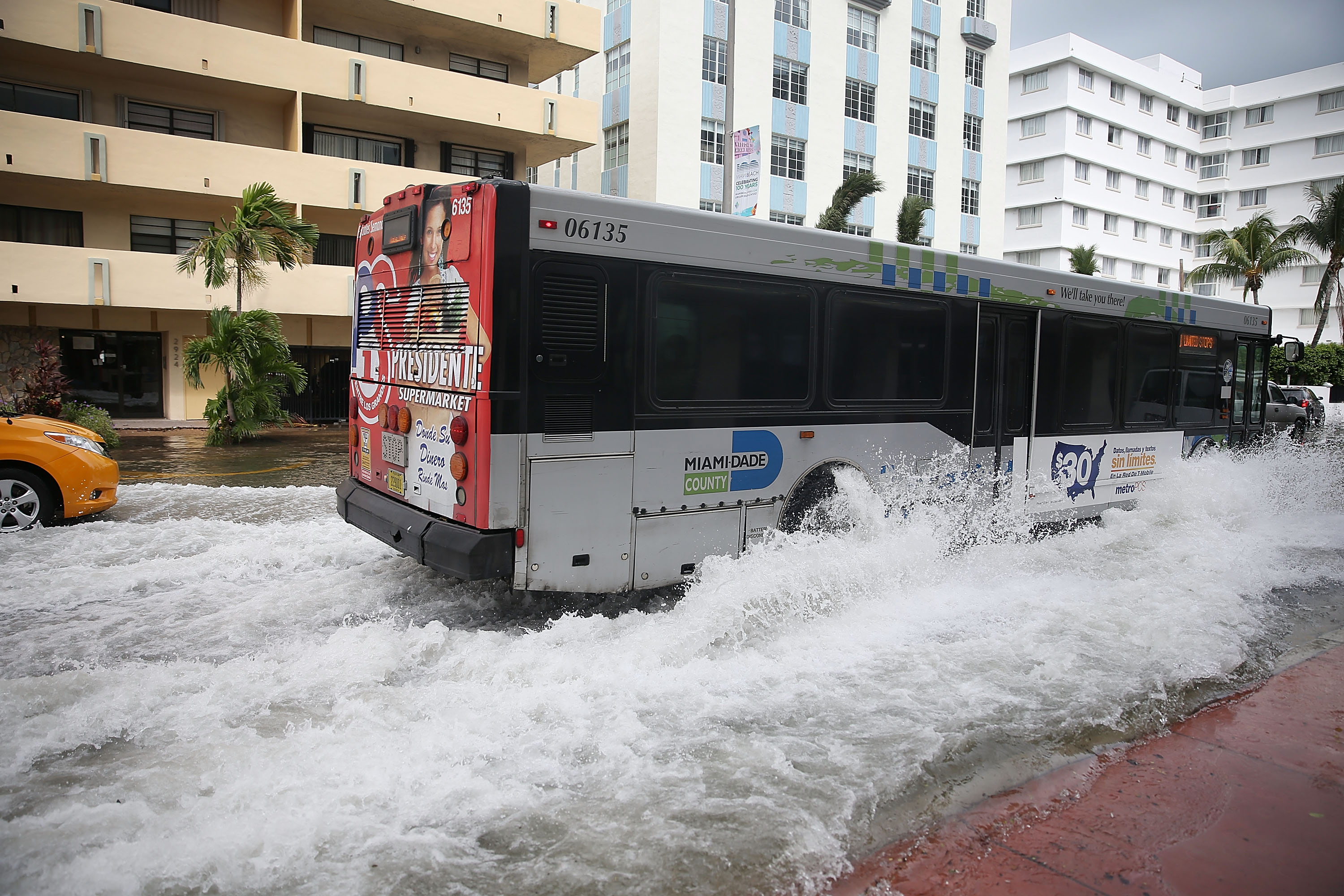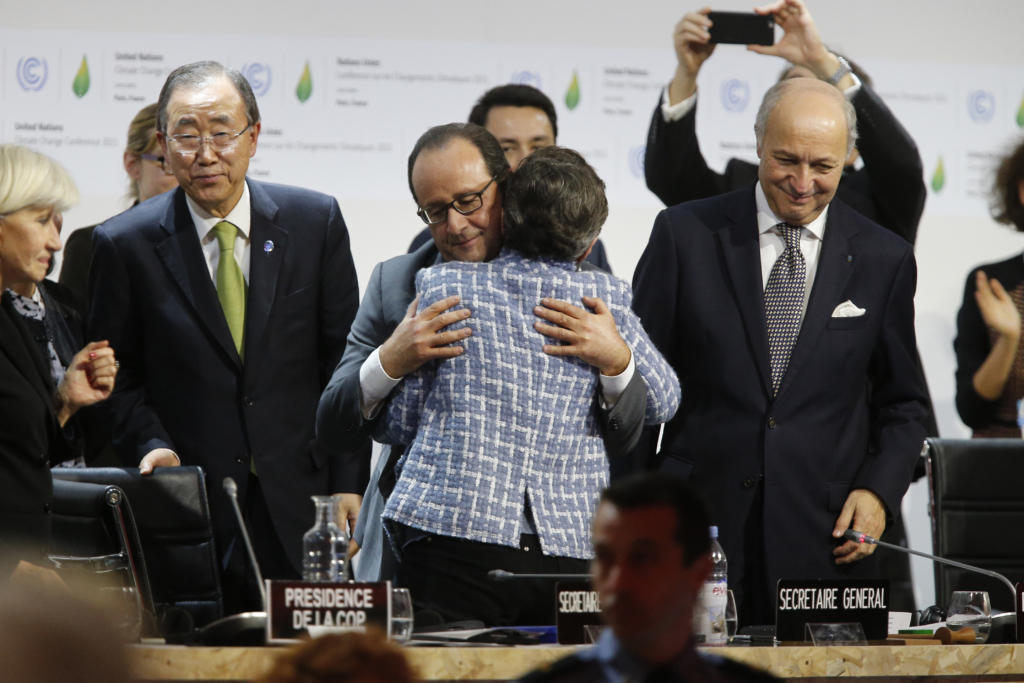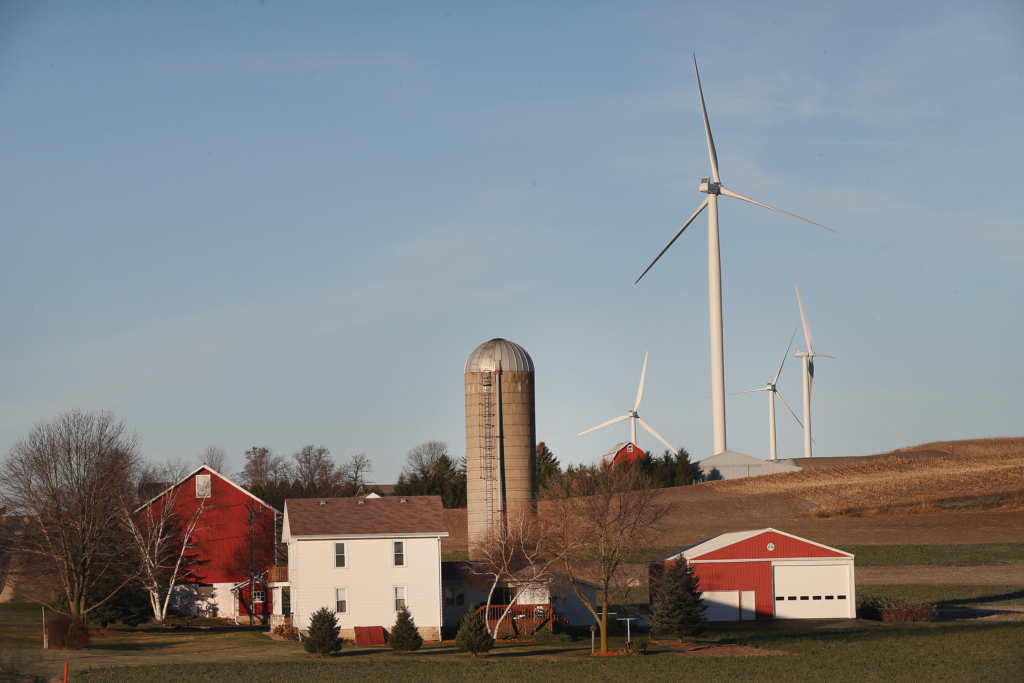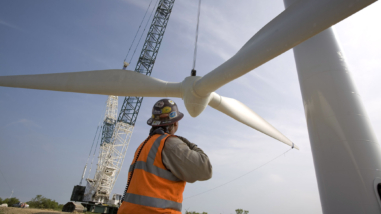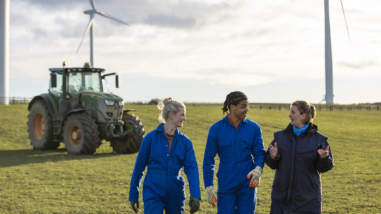Why philanthropy must do more on climate change
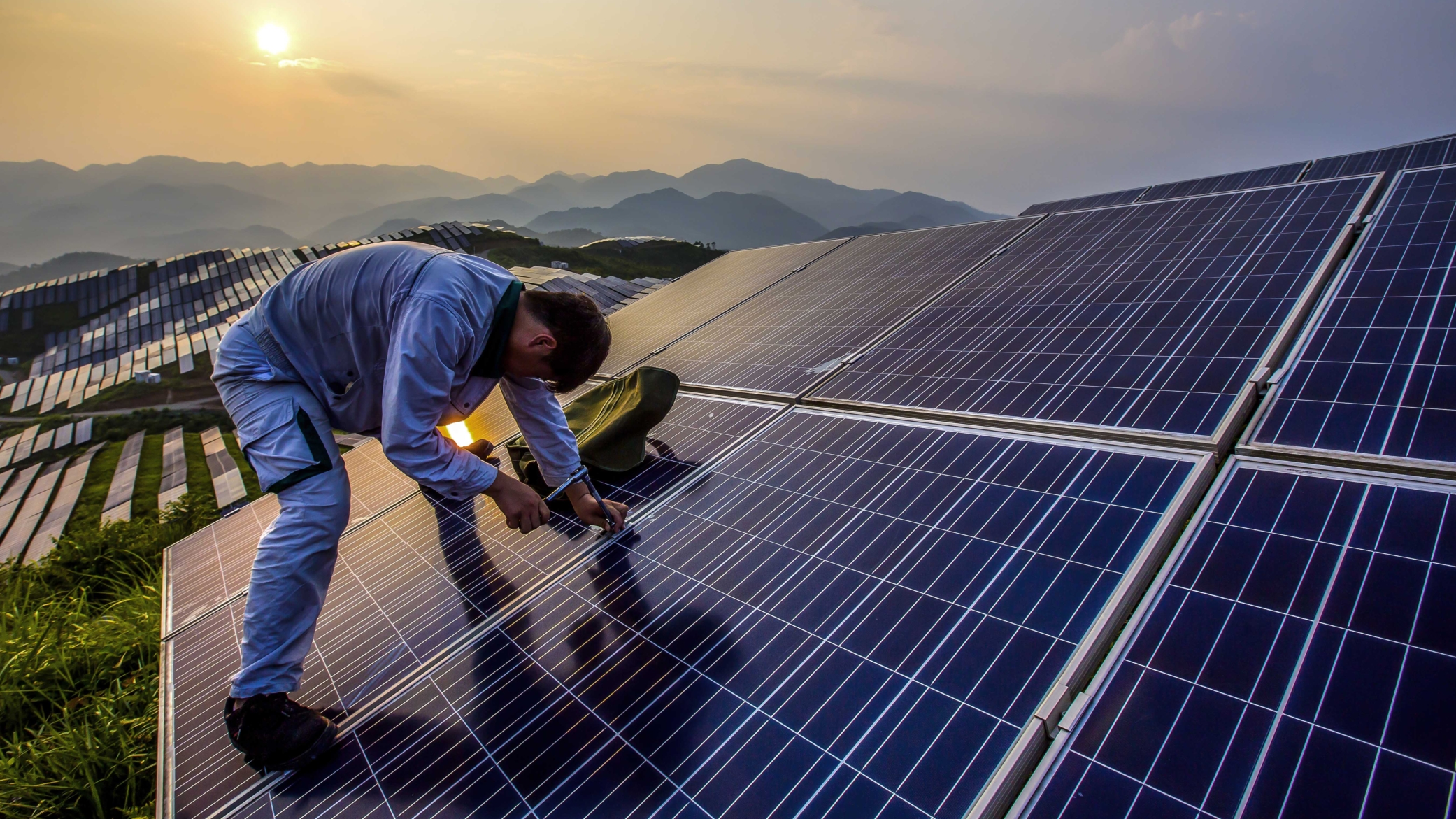
The Hewlett Foundation has some experience coordinating philanthropy to solve climate change, enough to know that we need to do better—that we need more funders bringing more resources to the table and working together more effectively. That’s especially true if we are to overcome newly emergent challenges, like a global wave of nationalism and associated retreat from multilateralism, and the withdrawal of U.S. leadership on climate change.
Climate philanthropy only got going in the early 2000s. The movement made slow progress during its first decade and was dealt two heavy blows in 2009, with the defeat of the Waxman-Markey bill in the U.S. Congress and the failure to reach a multinational agreement in Copenhagen at the 15th Conference of the Parties (COP). But things began to turn around after that, as evidence continued piling up, scientific consensus grew, and global political and business leaders recognized and embraced the need to act. Climate funders changed too. Having learned important lessons, we began sharing information and coordinating more effectively, and we attracted a number of new partners.
Given how things looked in 2010, the progress made by 2016 was simply stunning. True, the policies adopted and commitments made still need to be implemented, and they remain shy of what we need to keep the global average temperature rise below 2 degrees Celsius. But for the first time, the expected temperature rise in the 21st century has not only flattened, but begun to bend downwards, and a process for ratcheting up ambitions is in place.
Consider just a few of the advances made in the last year alone:
- At the 21st COP, in Paris, 194 nations reached an historic agreement to reduce emissions; follow through on “Nationally Determined Contributions” (NDCs), pledged by individual nations to meet their goals under the Paris agreement, will reduce warming in this century by 1.0-1.5 degrees Celsius.
- In Kigali, 197 nations agreed to amend the Montreal Protocol to phase out hydrofluorocarbons (HFCs), greenhouse gas chemicals used in refrigeration and air conditioning, which should save an additional quarter to half degree of warming by century’s end. Plus efficiency gains from the process of implementation will make it easier for developing nations to achieve their national goals under the Paris agreement, helping avoid as much as a half degree of additional warming.
- In October, and after years of negotiation, 191 nations adopted a global market-based measure to address emissions from aviation—the first global agreement to address emissions by an entire industry.
- New solar and wind are now as or less expensive than new fossil fuels in more than thirty countries, including the big emitters. Renewables accounted for more than half of new power generation globally in 2016, and new investment reached a record high $330 billion.
- Growth in global GDP was finally decoupled from fossil fuels, as global CO2 emissions held flat in 2014 and 2015, even as global GDP grew by three percent.
These are remarkable achievements, reflecting a huge amount of progress and momentum toward achieving the two degree target.
Then Donald Trump was elected, claiming that climate change is a hoax cooked up by China. He has pledged to repeal federal regulations on carbon pollution, threatened to withdraw or abandon the U.S.’s international climate commitments, and appointed an EPA administrator who denies climate science. We cannot yet know for just how far the U.S. will retreat from its global responsibilities, but certainly it will surrender its place as global leader on climate—making this a moment for anyone who cares about our children’s and grandchildren’s futures to step forward.
Philanthropists, in particular, must do this. Philanthropy’s current commitment to climate change, a small fraction of overall giving, is manifestly inadequate for the task at hand. Global warming is a potentially existential threat. But even if things never reach that level, the impacts of climate change will, at the very least, dramatically affect other problem-solving efforts, and I mean all of them—whether public health or migration or poverty or inequality or anything else. Unless checked, and soon, climate change will aggravate and intensify all these problems, and its effects will undercut if not fully swamp any solutions. Climate change is everyone’s problem.
And what about the United States? It is still the world’s largest economy, not to mention its second largest emitter. So even if other countries stay on a low carbon path, we can’t simply write the United States off. We must begin by doing what we can to preserve the gains of the last several years, supporting advocacy organizations that defend laws and regulations addressing climate change.
A more affirmative agenda can be pursued at the state level. Many states, including some with Republican state leadership, will continue to promote a positive climate agenda, notwithstanding headwinds at the national level. Ohio, for example, just reinstated its renewable standards, and Michigan enacted a law significantly enlarging its. Meanwhile, states like California, New York, and Hawaii, longtime leaders in the transition to clean energy, plan to continue pursuing a robust climate agenda. Opportunities abound to promote economic growth in the states while advancing clean energy, and philanthropists and donors must step up support for these constructive state-based endeavors.
Lastly, we cannot let up on efforts to undo the fatuous politicization of climate change and to foster a healthier debate. Almost all Democrats and a near majority of Republican voters now recognize that climate change is happening and that it has human causes. There is still plenty for conservatives and liberals to argue about: whether to focus on adapting to changes already happening or worry about preventing more in the future, what vehicles to use in seeking to reduce emissions, how to choose between regulation and market solutions, and so on. Philanthropy must build support for addressing climate and accelerating action in the decade ahead. We can and should be open to a broad range of approaches from all political sides—so long as they are genuine solutions.
That’s an ambitious agenda. It builds on and adds to work philanthropy is already doing on climate. Yet few, if any, of our existing efforts can be abandoned. So while today’s climate funders are investing significant resources in climate mitigation and clean energy strategies, we need more. We need to double or even triple the available resources to succeed. We need to engage new funders whose focus is on priorities other than climate but whose efforts climate change will nevertheless impede or undo. Funders must recognize that global warming threatens everything they care about, and that’s true no matter what they care about. Climate change is the biggest, most important problem of our time, and as such, it’s a problem we all need to help solve.
Parts of this essay were adapted from a speech Larry Kramer gave at the Smith School of Enterprise and the Environment at the University of Oxford.

